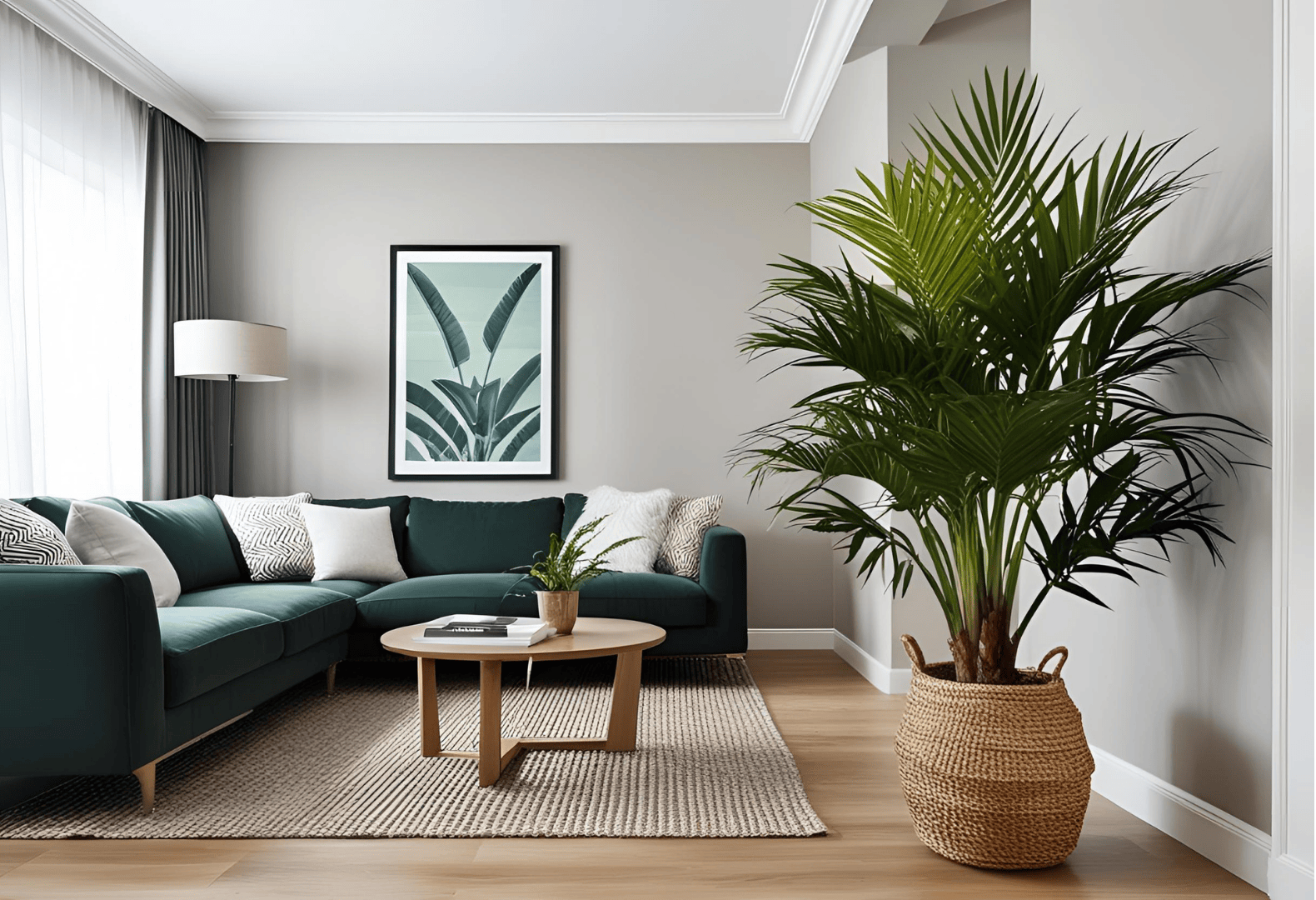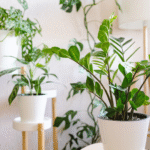Parlor Palm is a beloved and timeless indoor plant that brings a tropical feel to interior spaces without demanding much in return. Native to the rainforests of Southern Mexico and Guatemala, this elegant green companion has earned its place in countless living rooms, workspaces, and public areas for more than a century. Known scientifically as Chamaedorea elegans, Parlor Palm is favored not only for its graceful foliage but also for its resilience and adaptability to indoor conditions. While Parlor Palm is generally considered non-toxic to pets, it’s always wise to ensure your pets do not chew on the plant.
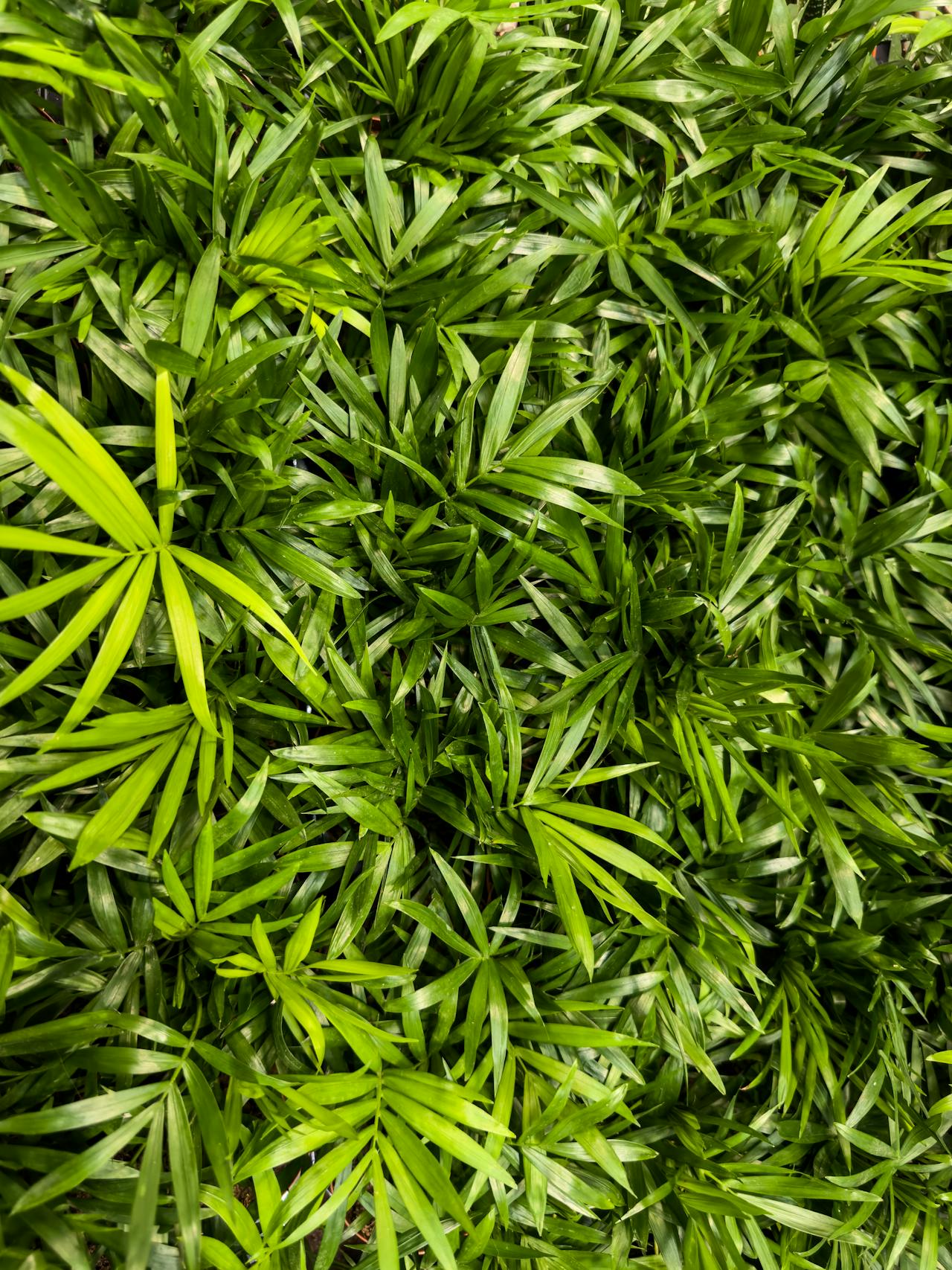
A Gentle Tropical Native: Origins and History
Parlor Palm first gained popularity during the Victorian era when tropical plants were considered a luxury and a symbol of sophistication. It was often found in the parlors—formal sitting rooms—of well-to-do homes, hence the name. Its natural habitat lies deep in the understory of rainforests, where it thrives in filtered light and high humidity.
Despite its tropical roots, Parlor Palm adapts remarkably well to indoor environments. This makes it ideal for those who want the exotic beauty of a palm without the complexities of outdoor tropical gardening.
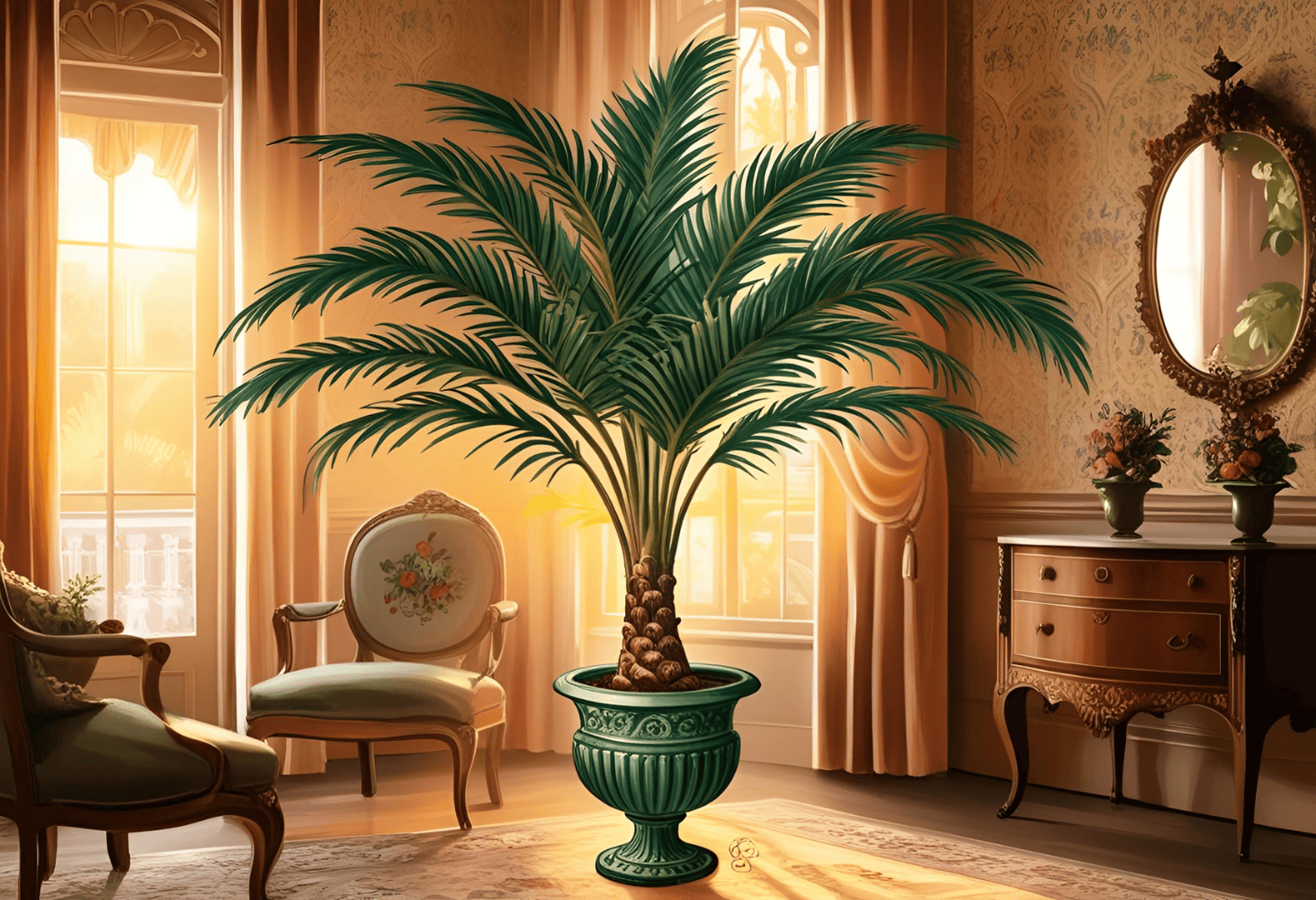
Visual Appeal: Aesthetic Features of Parlor Palm
Parlor Palm is easily recognized by its long, arching green fronds that grow from slender, bamboo-like stems. The leaves are feathery and light, creating an airy, elegant appearance that pairs well with minimalist interiors as well as classic, traditional styles.
It typically grows in clumps, giving it a fuller, bushier look. The plant can reach up to 1.5 to 2 meters in height indoors but grows slowly, maintaining a manageable size for years. Occasionally, it may produce small yellow flowers, especially in well-lit spaces, though it’s mainly appreciated for its foliage.
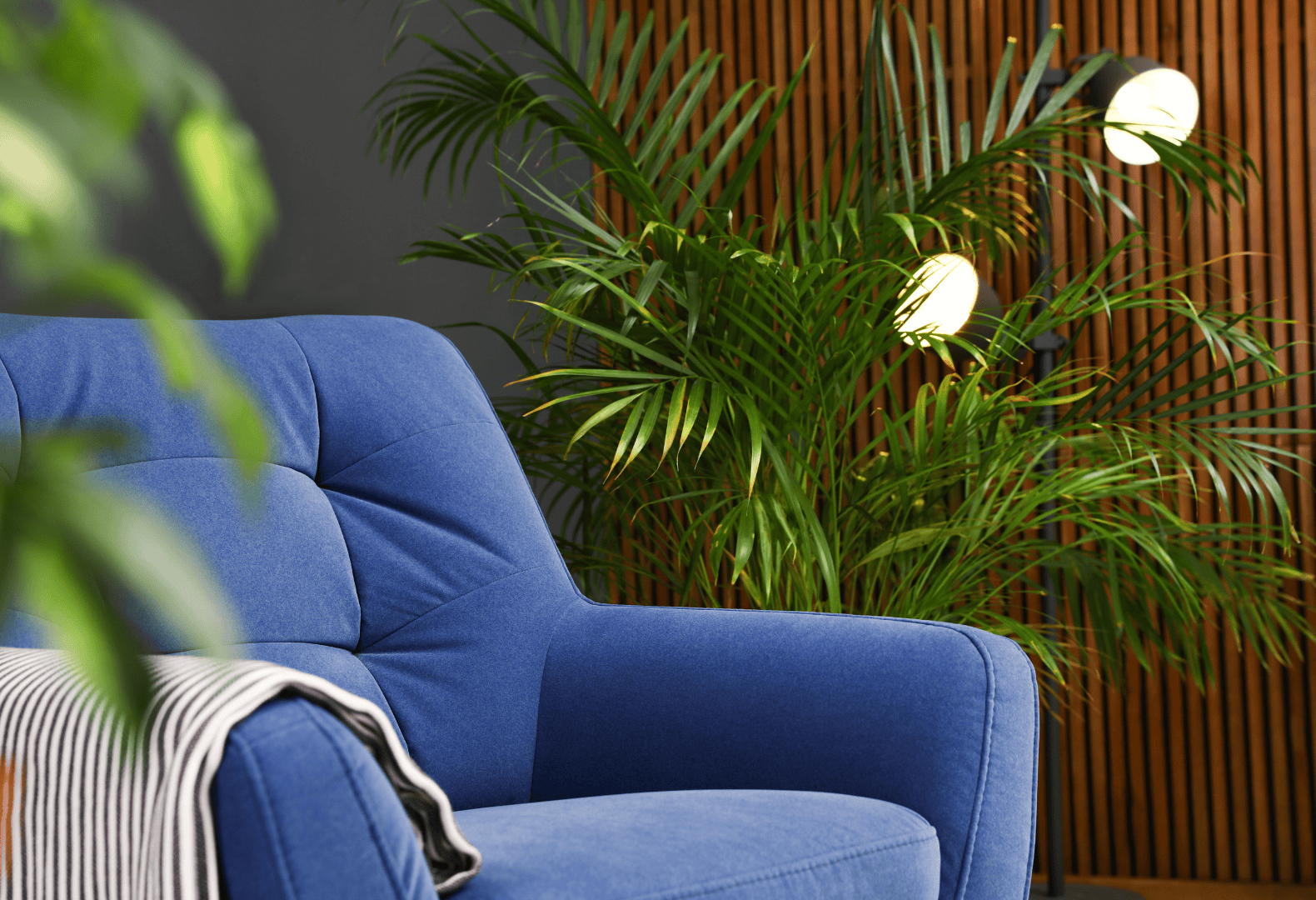
Indoor Performance: Light, Humidity, and Placement
Though Parlor Palm is not a care guide topic, understanding its nature helps you appreciate why it’s so commonly chosen as a houseplant.
- Light Needs: It thrives in low to medium light and tolerates artificial lighting, making it perfect for offices and apartments with limited natural light.
- Humidity Preference: Originating from a humid rainforest, it enjoys some moisture in the air but won’t throw a fit if your space is a bit dry.
- Placement: Its calm green presence makes it suitable for bedrooms, living rooms, and even bathrooms.
It doesn’t overwhelm the space or create mess. Instead, it subtly enhances the environment with a fresh, tropical ambiance.
Growth Habits and Indoor Life Span
Parlor Palm is a slow grower, and that’s actually one of its strengths. Because it takes its time, it remains compact and doesn’t require frequent pruning or pot changes. It can live for decades in the same pot with minimal fuss, making it a true companion plant.
Its robust nature means it handles neglect better than many other tropical houseplants. Whether you’re away for a week or forget to water it once or twice, it tends to forgive.
According to the University of Florida’s IFAS Extension, Parlor Palm is among the best low-maintenance indoor palms for longevity and performance (University of Florida, 2020).
Parlor Palm in Culture and Design
Due to its dignified appearance and association with elegance, Parlor Palm frequently appears in interior design photography, hotels, and film sets. It evokes a feeling of calm and subtle luxury. Many interior designers place it as a natural accent near reading corners, next to couches, or near light-colored furniture to create contrast.
It’s also a popular choice for feng shui enthusiasts who value its balanced, vertical energy and its association with growth and peace.
Air-Purifying Qualities and Environmental Impact
One of the lesser-known yet appreciated aspects of Parlor Palm is its air-purifying abilities. NASA’s Clean Air Study included Chamaedorea elegans in its list of plants that remove harmful toxins like formaldehyde and benzene from the air (NASA, 1989).
So while the Parlor Palm beautifies a space, it also contributes to a cleaner and healthier indoor environment. This makes it a smart addition to workspaces and homes alike.
- All Products
Plant Care Humidifier – Ultrasonic, Mute, Intelligent with Remote Control and Aromatherapy
£138.40 Select options This product has multiple variants. The options may be chosen on the product page - All Products
Flame Effect Aromatherapy Humidifier – Ultrasonic Plant Care Device (250 ml)
£29.99 Select options This product has multiple variants. The options may be chosen on the product page - All Products
Ultrasonic Aroma Diffuser with Colorful Night Light – Silent Essential Oil Diffuser with Remote Control
Price range: £76.50 through £83.61 Select options This product has multiple variants. The options may be chosen on the product page - All Products
Portable Humidifier for Plants – Keep Your Greenery Healthy Anywhere
£28.87 Select options This product has multiple variants. The options may be chosen on the product page
Common Misconceptions About Parlor Palm
It’s often confused with other palms like the Areca or Kentia palm due to its appearance. However, Parlor Palm is much more compact and manageable for indoor conditions.
Additionally, some assume it needs bright, direct light—this is a myth. In fact, direct sun can scorch its leaves.
FAQ About Parlor Palm
Is Parlor Palm toxic to pets?
No, Parlor Palm is considered non-toxic to cats and dogs according to the ASPCA.
Can it grow outdoors?
Only in USDA zones 10-12. It prefers indoor life in most climates.
Does it flower indoors?
Yes, but rarely and usually only in optimal conditions.
How fast does it grow?
Very slowly—perfect for those who want a long-lasting, low-maintenance plant.
Is Parlor Palm toxic to cats or dogs?
No, Parlor Palm (Chamaedorea elegans) is considered non-toxic to both cats and dogs. It is a safe plant to have in your home if you have pets. However, as with any plant, it’s always a good idea to prevent your pets from chewing on it, as ingesting large amounts of any plant material can cause mild digestive upset in pets.
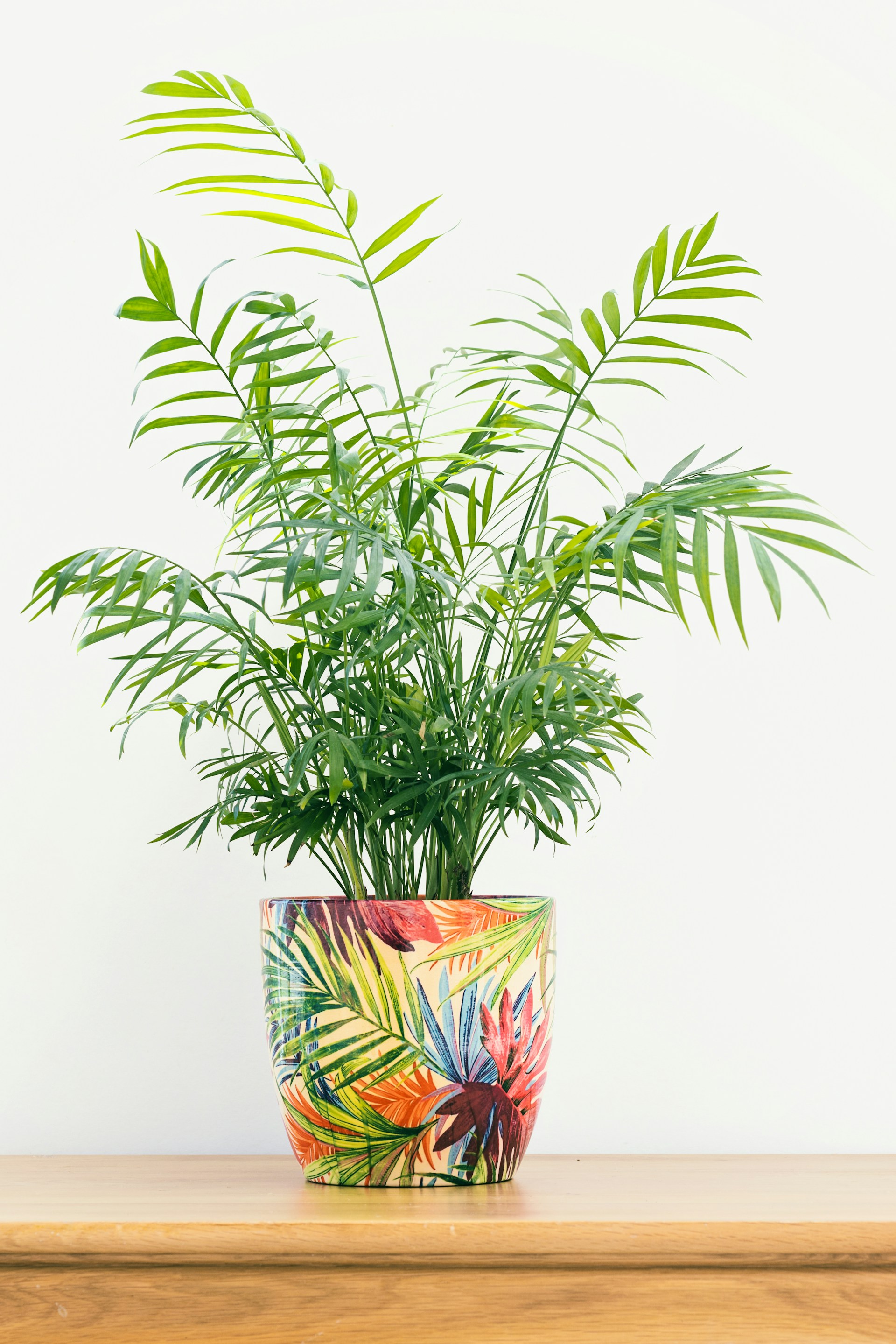
Conclusion: Why the Parlor Palm Is More Than Just a Pretty Plant
In the end, Parlor Palm is more than an indoor decoration. It’s a piece of living history, a practical air-cleaning element, and a gentle reminder of the tropics within our homes. Whether you live in a small apartment or a spacious house, its graceful presence can bring a touch of green tranquility to your everyday life.
Without demanding much, it gives back a great deal—style, atmosphere, and a sense of connection to nature.
Read More:
- Parlor Palm Care Guide – Learn how to care for your Parlor Palm to ensure it thrives indoors.
- How to Grow Parlor Palm at Home: A Complete Indoor Guide – Complete guide on growing Parlor Palm successfully in your home.
Plant Profile

Common Name

Plant Type

Mature Size

Sun Exposure

Soil Type

Soil pH

Bloom Time

Color

Hardiness Zones

Native Area

Humidity

Lighting

Temperature

Difficulty

Hibernation

Toxicity






